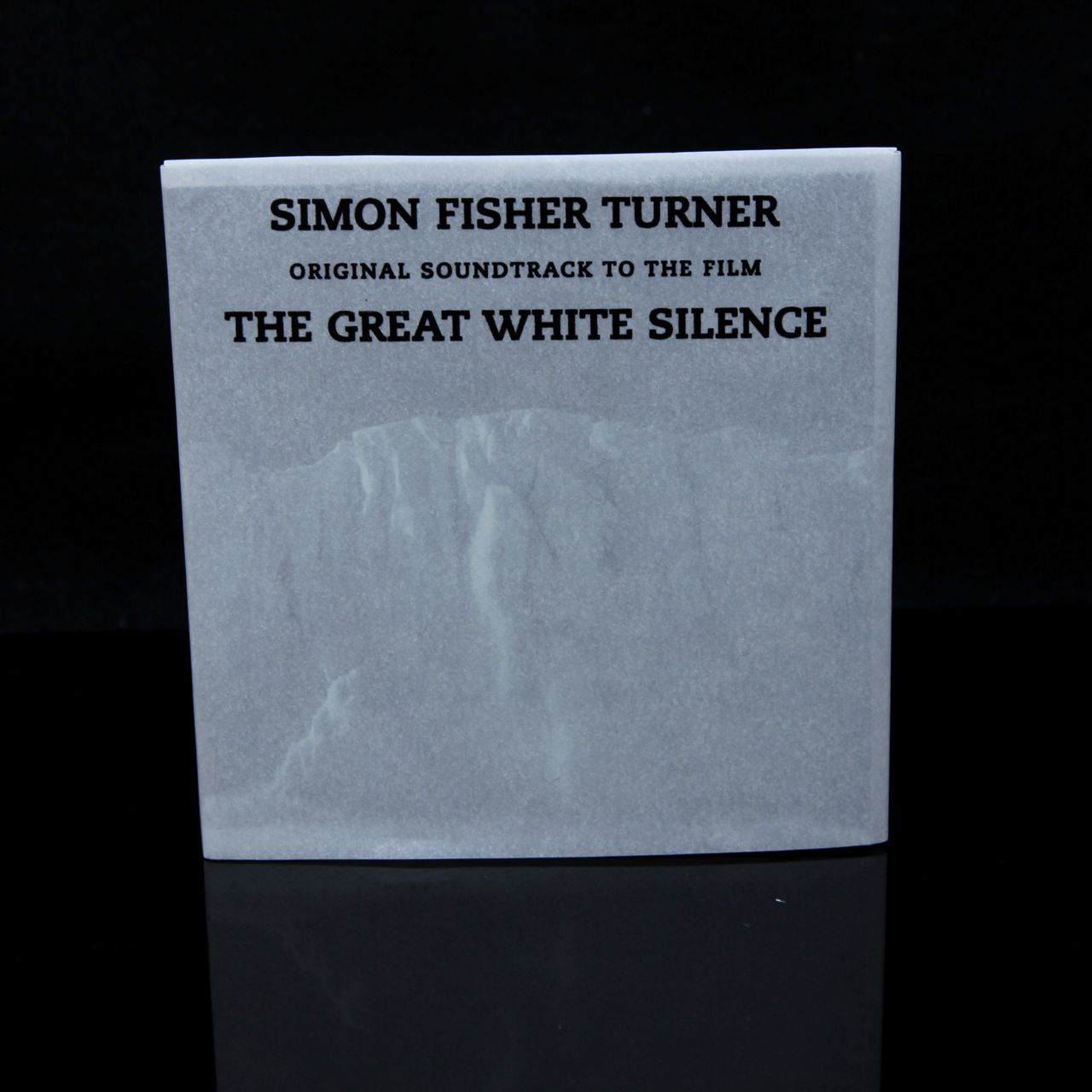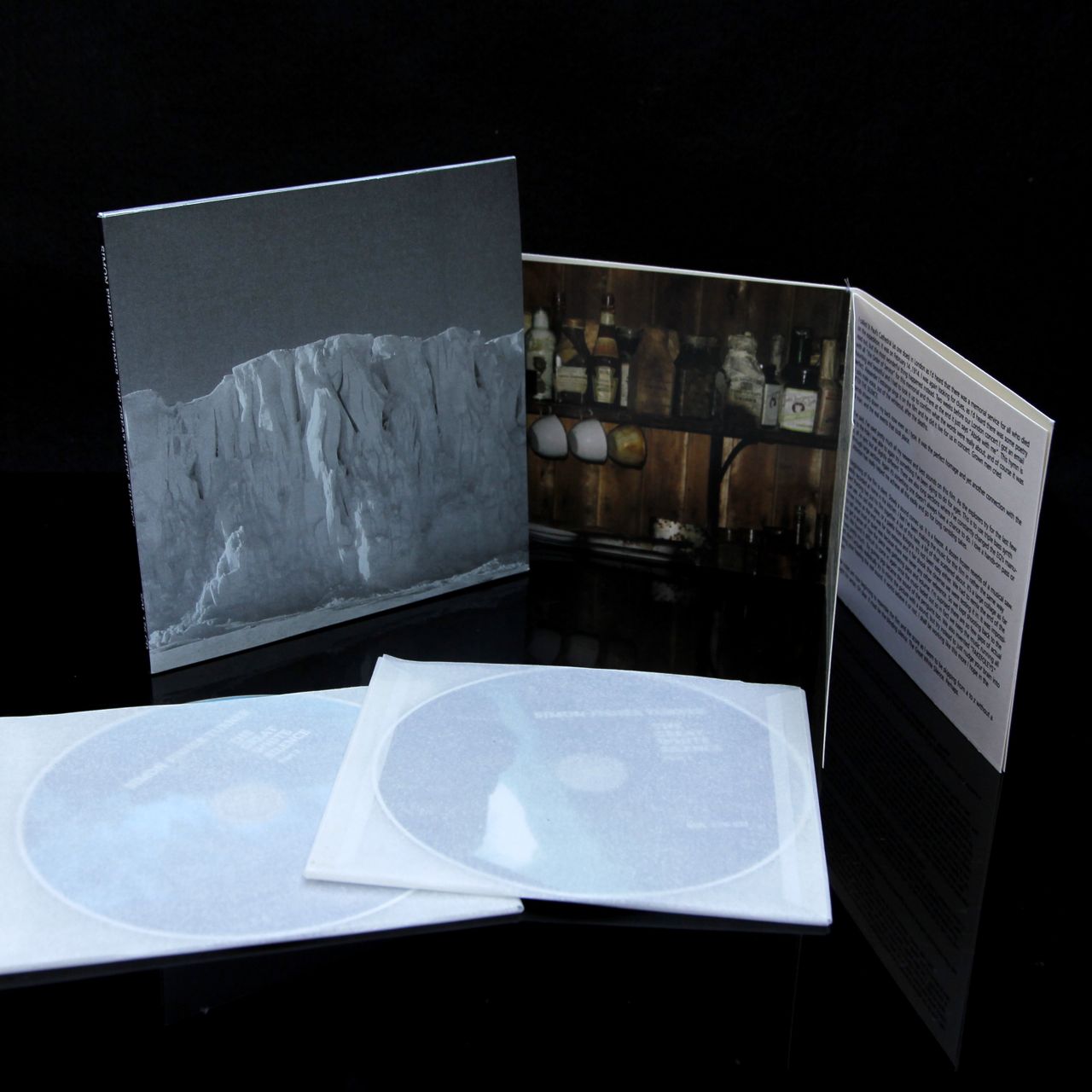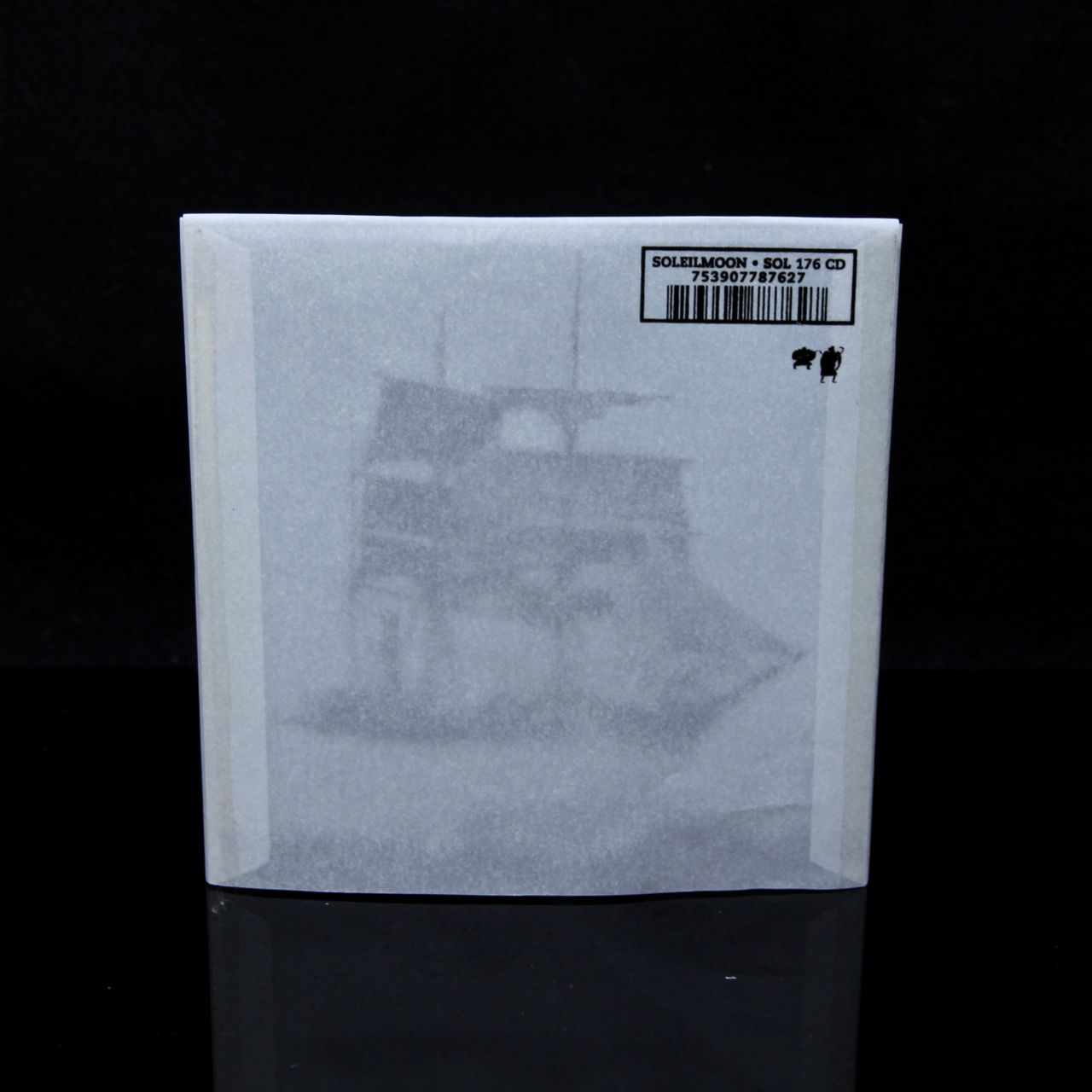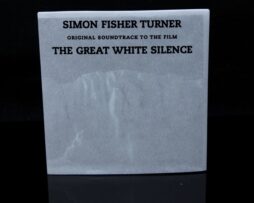Description
Soleilmoon Recordings is proud to release Simon Fisher Turner’s epic new soundtrack to Herbert Ponting’s silent film “The Great White Silence”. The film, shot in 1911, is a documentary on Captain Robert F. Scott and his team’s doomed attempt to be the first men to reach the South Pole. After nearly two decades of meticulous restoration work the British Film Institute released the film to rave reviews in the British press on May 20, 2011. The film is soon to be issued on DVD and Blu-ray disc in England, and the soundtrack is being released by Soleilmoon. The music consists of two CDs, presented in high-touch packaging, hand printed on premium quality papers. Like every Soleilmoon project, the care and devotion given to this release is second to none, and the quality and craftsman ship are reflected throughout.
Simon Fisher Turner has been an actor, a teen idol, a member of the Portsmouth Sinfonia Orchestra, The The, Deux Filles and The King of Luxembourg. He recorded several soundtracks for Derek Jarman and David Lynch, and has recently worked with sculptor Alyson Shotz, music video director Jonathan Glazer and Warp recording artist Mira Calyx.
From Simon Turner’s notes in the CD: All best stories start with a telephone call. This one did too. Out of the blue Jane Giles from the British Film Institute called me and asked if I’d be interested in scoring a restored version of a silent film I’d probably never heard of, about Captain Scott, who was the first Englishman to reach the South Pole. He was a hero of mine at boarding school 47 years ago, and I knew all about the ill fated expedition. What I didn’t know was that a lot of the journey was actually filmed by a gentleman going by the name of Herbert Ponting. The film was called “THE GREAT WHITE SILENCE”. I’d seen the still photographs for years of the ice, the ships and the men, and always assumed that this was the only recorded evidence of this strange ill fated expedition, which couldn’t quiet make up its mind what it was. But no. There was actual moving images, and this was nearing completion and restoration by the BFI. To say I leapt at the opportunity is probably correct. YES is my middle name. I was at last again in work on a film, albeit one completed in 1924 and one with no dialogue but with a story I thought I knew so well. For now, I have to say that this has been a wonderful and exciting adventure for me, discovering and exploring with much help from others, areas of music and sound I wouldn’t have normally explored. I had the job. But still hadn’t seen the film. I got on a train to Newcastle to make an installation for the AV2010 festival. Paul Smith got me the invitation and on my first evening I was to meet up with Chris Watson, my favourite sound recordist. Chitty chatter chitty chatter and off we go, and the first thing Chris asks is “What are you up too”, and I say, “I’m doing a fabulous film about Captain Scott.” “I’ve got just what you need then” he continues. “A recording I made inside his hut this January for David Attenborough, you can have it, I’ll send you a CDR of it. It’s the quietest thing you’ve ever heard.” And off we go. The beginning of the film is silent. Slowly a sound comes up. It is a freeze. A dozen frozen reverbs of a musical saw. Cheekily recorded at home in the kitchen. I feel I’ve been making the music for this film in rather the same way Herbert Ponting has put his film together. A bit of this here, a bit of that scattered about. It’s a large collage as far as I can see. An old Irish stew, or a paella from Bologna. It’s not been easy either. We had to remix the end of the film three times as the end was far too extreme and it fair shook the cinemas we were testing it in. It was impossible to tell what loud or quiet was because there was never any other reference. So we kept shooting back to the top to get a sense of how the piece was gathering pace and volume. I’m suprised there are so few gaps of actual silence. We found it difficult to come in again once the music faded out so in fact we keep the music running all the way pretty much. Toy guinea pigs became the sound of the penguins too. We also invented “FAKEFOLEYS” which don’t actually realistically try to mimic the picture with a sound, but try instead to just nudge your brain into thinking your hearing the real sound. It works believe it or not. I shall be working like this more I hope in the future. I’ve learnt so much about the madness of this epic journey. The sheer bravery of these men. I’ve discovered friends are drawn to the subject matter too. I’d no idea so many people knew of this journey that Scott made. Last week a woman from Cheltenham Girls College said that he was a hero of her father’s. My wife’s grandfather who is now in his 99th year remembers him as his first hero. I have a New Zealand connection with Scott. I have school connections. “Scott in the Antarctic” was one of the first films I ever saw at Frilsham House, my second boarding school. I loved the score without realising that it was a score. Herbert Ponting’s images are indelibly etched in my mind and psyche. It is so strange that Jane Giles called me that morning in March 2010 and asked if I was interested in scoring this film. I’m a lucky man to get a chance to collage something together for this film.




